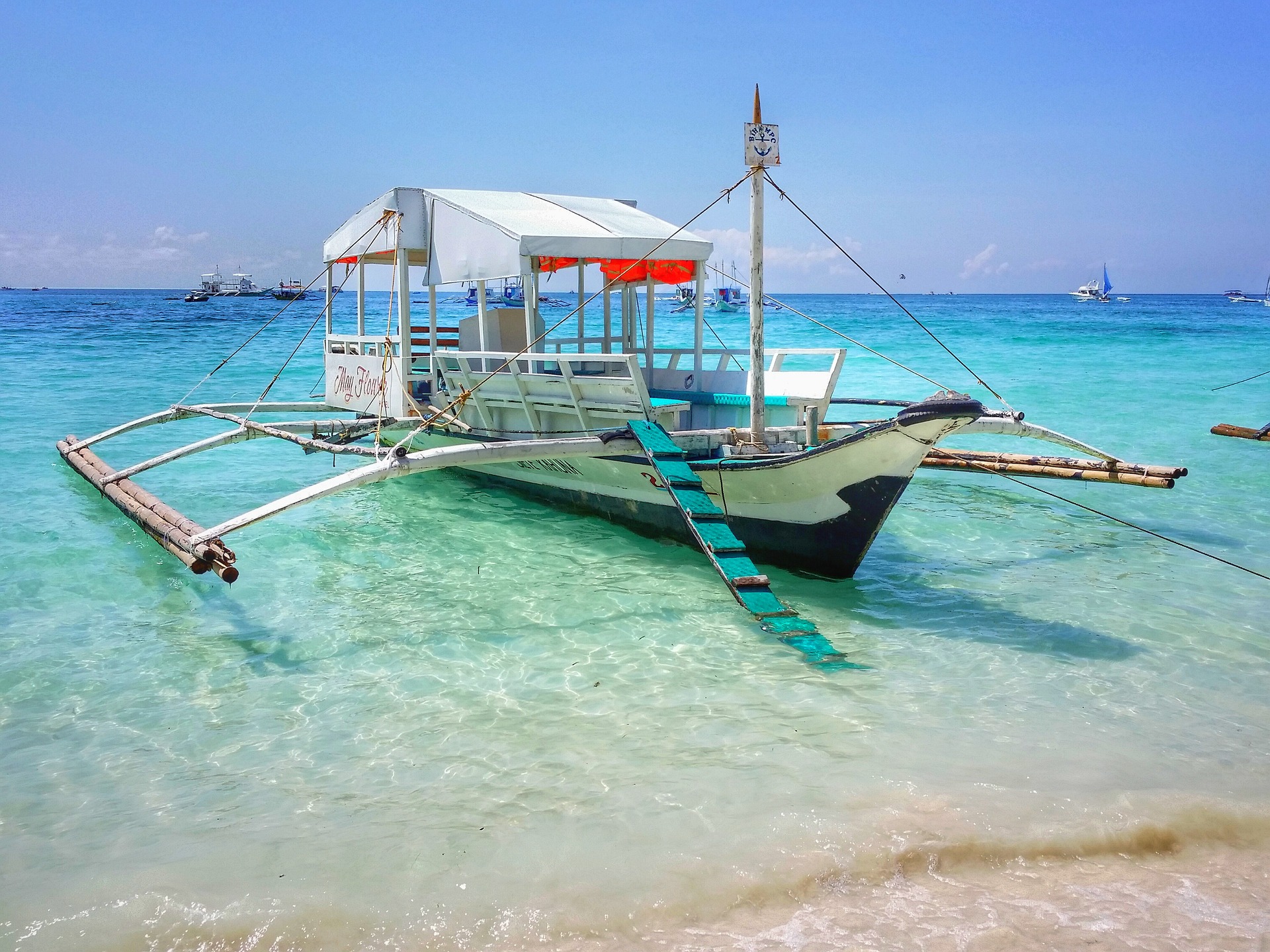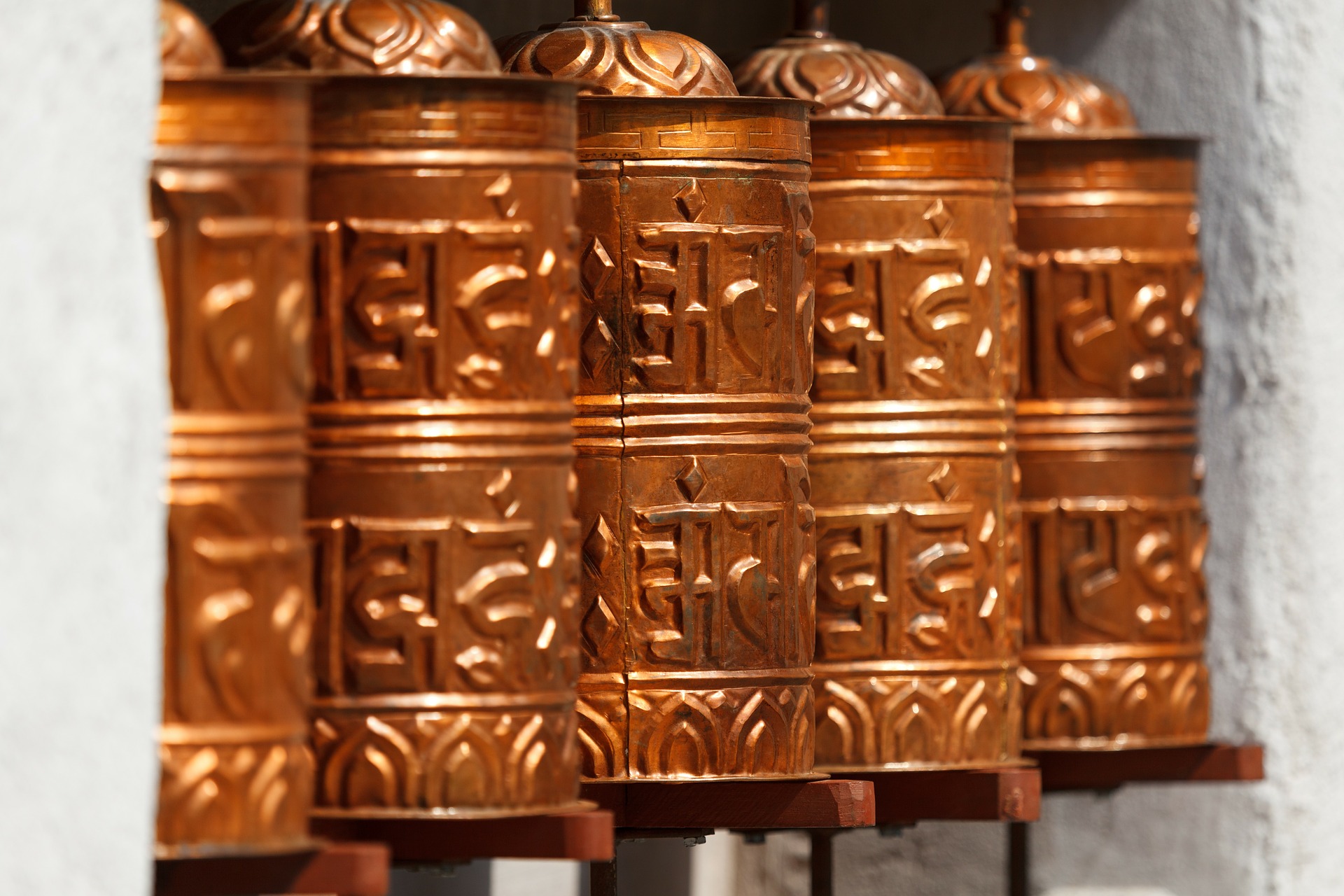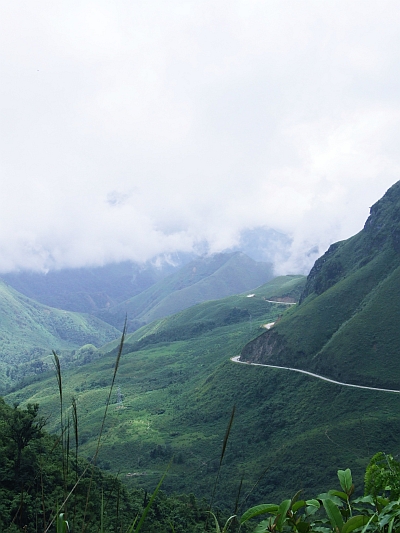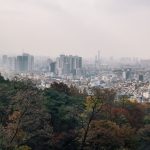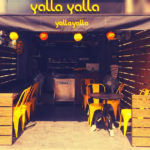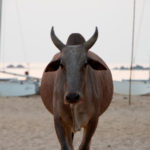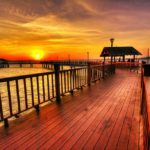The Philippines is an archipelago of over seven thousand islands located in Southeast Asia. Its capital is Manila and has become a crossing point for many cultures and influences throughout the ages. In the beginning, it has been the trading post for Chinese and Malay traders and during the age of imperialism, became a territory of Spain and the United States.
The country is well known for its religiously influenced festivals held in the many provinces of the country. Here are some of the most colorful as well as pious celebrations in the Philippines:
The Procession of the Black Nazarene. Held each January, this is the procession where the centuries old Black Nazarene of Quiapo is paraded in the streets of Manila. Pilgrims from all over the country come barefoot to join the procession in the fervent hope that they be blessed with a miracle.
The Ati-atihan Festival. This is held in the island of Panay in the Visayas region every January. This fiesta is considered the greatest of all festivals in the country, as participants would cover themselves in black soot to commemorate the coming of the Child Jesus and Christianity to the native Atis of the island. Now, this festival showcase bright costumes as they dance on the streets to celebrate the coming of the Savior.
The Sinulog Festival. This is also held in January in the southern island of Cebu. This is also a celebration of the coming of Christianity to the country and features costumed revelers dancing to drum beats, trumpets and native gongs. All this is also done to honor the Sto Nino or Infant Jesus blessing their island.
The Moriones Festival. Held in another southern island, Marinduque during the Holy Week. This is a street play depicting the passion of Jesus Christ, with local participants wearing biblical inspired garb and masks.
The Pahiyas Festival. This one is held in one of the provinces in Luzon, namely Lucban, Quezon. This fiesta honor San Isidro, the town’s patron saint by townsfolk decorating their homes with local produce. The basic décor is called kiping, where leaves are fashioned out of rice starch.
The Panagbenga Festival. This is celebrated in cool Baguio in the northern area of the country. Here the participants garb carriages with flowers as floats celebrating the beauty of the region.
Aside from the celebrations, there are other scenic spots in the country that is well known throughout the world. While words would not be able to justify their innate beauty, a brief description as to their location is as follows:
The Chocolate Hills of Bohol. Located in the southern island of Bohol, these natural land undulation formations are called chocolate as they are colored brown due to the humidity of the region where they are located.
The Puerto Princesa Subterranean River. This is one of the world’s heritage sites and is a national park featuring a river cave leading under the city of Puerto Princesa in the eastern island of Palawan; The White Beaches of Boracay. Called as one of the most beautiful beaches in the world as its white sand beaches have been host to many expats and tourists. Located off the tip of the island of Aklan, the island of Boracay is now one of the most tourist populated areas in the country.
As you can see, the life of celebrations and scenery in the Philippines never ends. While there is a religious flavor to many of the festivals in the country, the local celebration would truly make attendance well worth the experience. Now with the scenery, the tourist is able to see paradise here on earth. With religion and paradise right in the Philippines, it is no wonder that the country is one of the prime destinations for tourists from the world over.
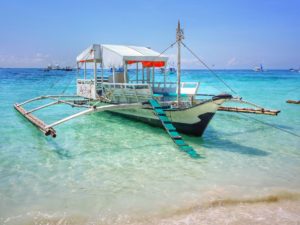
For a further understanding of tourism in the country, Plans for a Single Visa for Southeast Asian Countries Unveiled please visit the author’s site The Expat Forum

